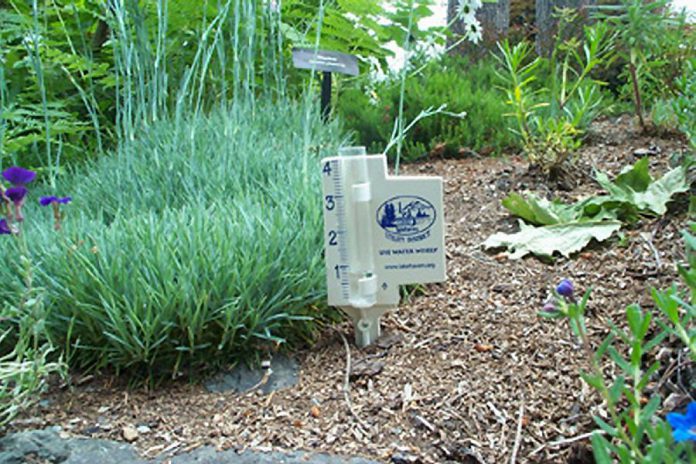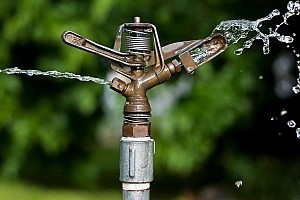
The front part of my lawn, closest to the road, has been a write-off up until now. Between the water from the neighbour’s sump pump and the wet spring, it’s been a mucky mess. So wet, in fact, that last week the lawn tractor required a push to get out of a rut it sank into.
While the front is wet, the backyard is already quickly drying out. It’s almost a certainty that sections of that part of the yard will be turning brown in the next two or three weeks.
Watering the lawn is a task that many do not take lightly. Knowing how and when to water is key — so water is being used as efficiently as possible and not going to waste.
A common misconception is that when the lawn turns brown during dry spells, the grass is dying. This isn’t true. During periods of dry weather, grass will go into dormancy to protect itself from the damaging conditions. The top layer will turn brown, but the roots will remain healthy. So, technically, watering is optional. If you do want a lush green lawn, knowing how to water smart is key.
It may seem like a no-brainer, but watering with the sun beating down in the middle of the day is a losing battle. Most of the water you put down never actually makes it to the root level. It quickly runs off or evaporates without soaking into the soil very far below the surface. What water does reach the roots can cause problems for the lawn as a whole down the road.
Healthy lawns require grass with deep root systems. Deep roots allow the lawn to be more drought tolerant, surviving dry spells and coming out relatively unscathed. Watering on hot sunny days allows only for surface penetration of the water, encouraging a shallow root system to form — making the lawn more susceptible to future dry weather and pests.
When is the best time to water? Get up bright and early and do your watering between 7 and 9 a.m. The less intense the sun, the more productive your watering efforts will be. Watering at night is not a good idea as it can promote the growth of fungi.
Another good tip is to invest in a rain gauge. Not only are these handy for tracking the precipitation that falls from the sky, but also to determine how much water your sprinklers are putting out. Most lawns only require about an inch of water per week. If it rains during the week, adjust your watering accordingly.

Storing water in rain barrels is something that’s been done for generations, but has been on the upswing in recent years as urban residents realize the many benefits of using rain water to keep lawns and gardens green.
Connected to your downspouts, rain barrels will gather all the rain that hits your roof. If you feel that one barrel may not be enough, connect barrels to multiple downspouts to meet the demand.
Most barrels come equipped with an overflow feature so that if the barrel gets too full, it won’t flow over the top.
Install the rain barrel on a strong level surface as it can weigh up to 1200 lbs. when full; a patio or paving stone is ideal. If the barrel is slightly elevated, a hose can use gravity to feed water to a garden or lawn.
To limit mosquito breeding, ensure that your barrel is mosquito proof. Most manufactured rain barrels come with this feature.
Rainwater collected in your barrel is ideal for watering your garden, but should not be used as drinking water.
After you have purchased your rain barrel and have it installed, maintenance is easy but important. It’s recommended you clean and maintain your eavestroughs and downspouts to keep them clear of leaves and debris. If leaves cover the top of the barrel, they can clog it and prevent water from entering it.
Whether you choose to water your lawn this summer or not, choosing to water during the correct times of day and using water stored in rain barrels are smart ideas.


























